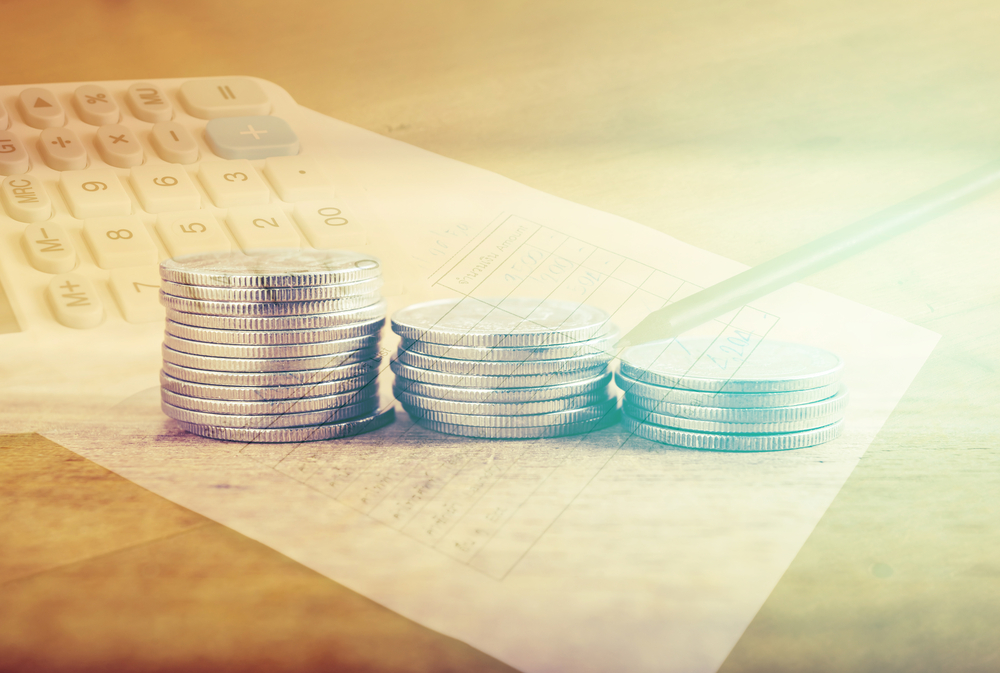Credit utilization is one of the major factors in determining your credit score. Knowing what it is and how to use it is important if you are looking to improve your credit over the long run.
What Is Credit Utilization?
Credit utilization is a fancy term that basically means how much credit you are using compared to how much credit you have available. If you are using up all the credit you have, then it looks as if you are dependent on the credit and at risk for falling deeper into debt.
On the contrary, if you have credit available to you that you are not using, or using just a small percent of the credit you could be using, you look as if you are financially sound and have a credit cushion at your disposal.
What to Aim For
Shoot for 20% or less for optimal results, but also keep in mind that you should make your goal reasonable for your particular situation. Therefore, if you have $5,000 in available credit, you should aim to use just $1,000 of it or less. This looks way better on your credit report than having $5,000 available and using up to $4,500 or more of it.
Wondering how to get there? Check out these six tips!
- Pay Down Credit Card Balances
The fastest way to improve your credit utilization ratio is to pay down your credit card balances. This often sounds easier said than done, especially if the size of those balances is daunting.
The more you can pay toward those balances, the quicker you’ll create more room between how much credit you have and how much credit you are using.
- Raise Credit Card Limits
If you are finding it hard to pay down your credit card balances, one way to create space is to have your credit card limits raised. However, be careful with your purchases because once you have a higher credit limit, you may be tempted to spend up to that limit again.
Just like a fish grows to its bowl, it is human nature to spend money when it is available. You will need a lot of willpower and self-control to make sure that you don’t use up your newfound credit.
- Get an Additional Credit Card
If you have just one credit card and you’ve reached the limit on it, you can get an additional card to increase the credit you have available. Just like when raising your card limits, you have to be extra careful not to max out your new credit card. You’ll want to use it, but not anywhere near how much you have available. Make a few purchases on this card, and pay off the balance every month—in addition to paying down your original credit card.
- Use Some of the Credit You Have
It is not necessary to have a credit card and not use it at all in an attempt to show that you don’t need any of the credit you have. Even those with the some of the best credit scores still use about 7% of the credit they have available to them. This means you can use the cards you have, you just have to use them in a way that benefits your credit rating.
- Pay Your Cards Off Twice a Month
Getting into the habit of paying off your credit card balances twice per month—rather than once per month—will help your credit utilization rating. It’s a way to safeguard against using too much of your available balance and, also, from falling behind on a payment because you forgot to pay it. By putting things on a two-week schedule instead of a monthly cycle, you have some redundancy in place to prevent any oversights from occurring.
- Watch Those Balances
Now that you are becoming more adept in the credit utilization game, you can see how important it is to keep an eye on your credit card balances. The good thing is that most credit card companies these days will send notifications when your balance reaches a certain level.
Added Tip: Get Some Pro Advice
At Ride Time, helping you get a car with bad credit is our specialty. We can get you approved for the vehicle you want right now, as long as you meet our basic requirements. Stop in today, and see just how easy it can be to finally drive the car you want with the credit you currently have.



No Comments